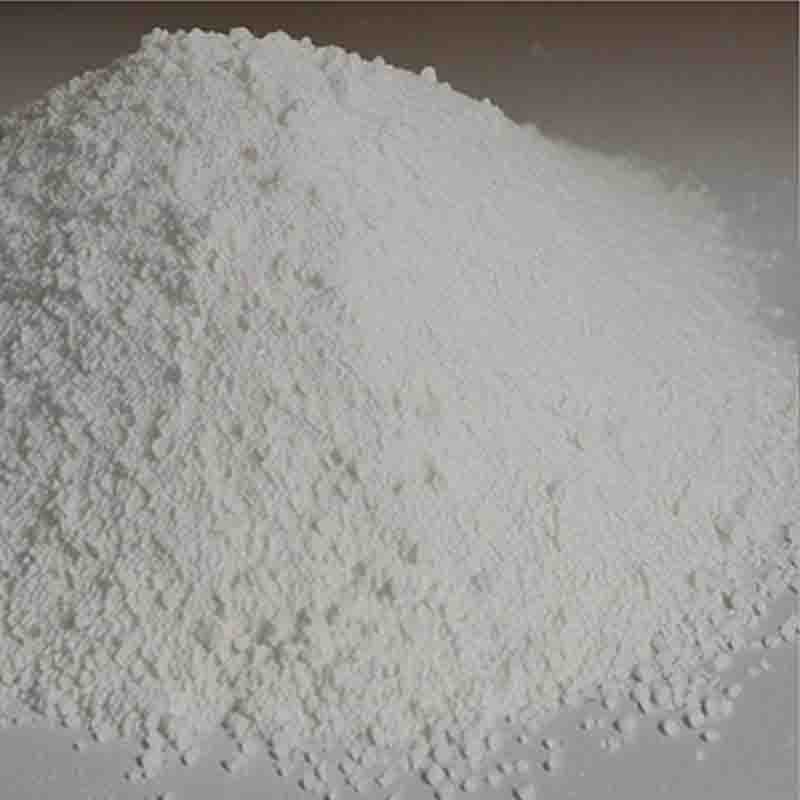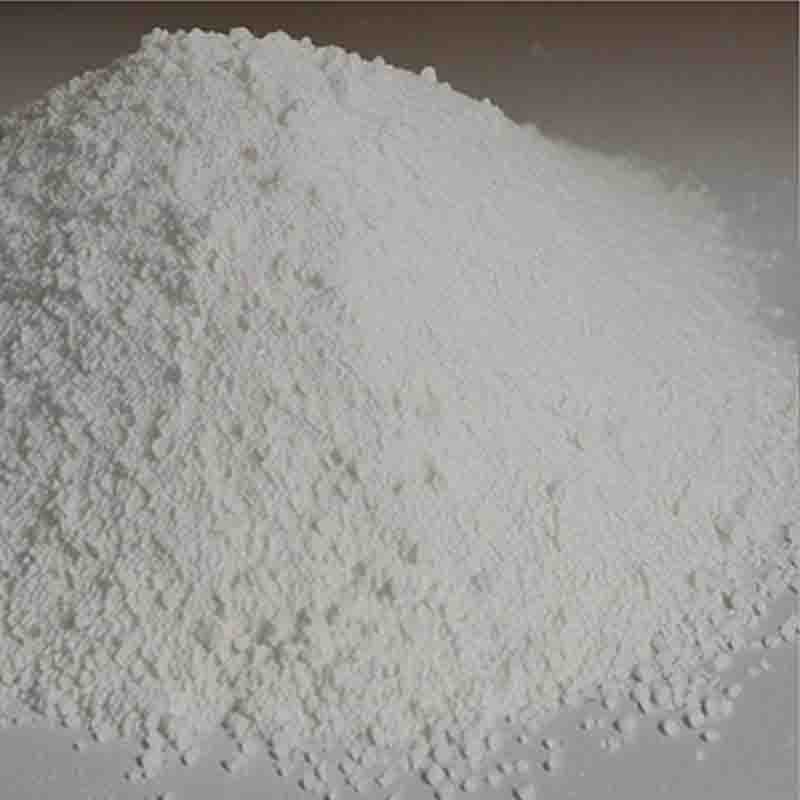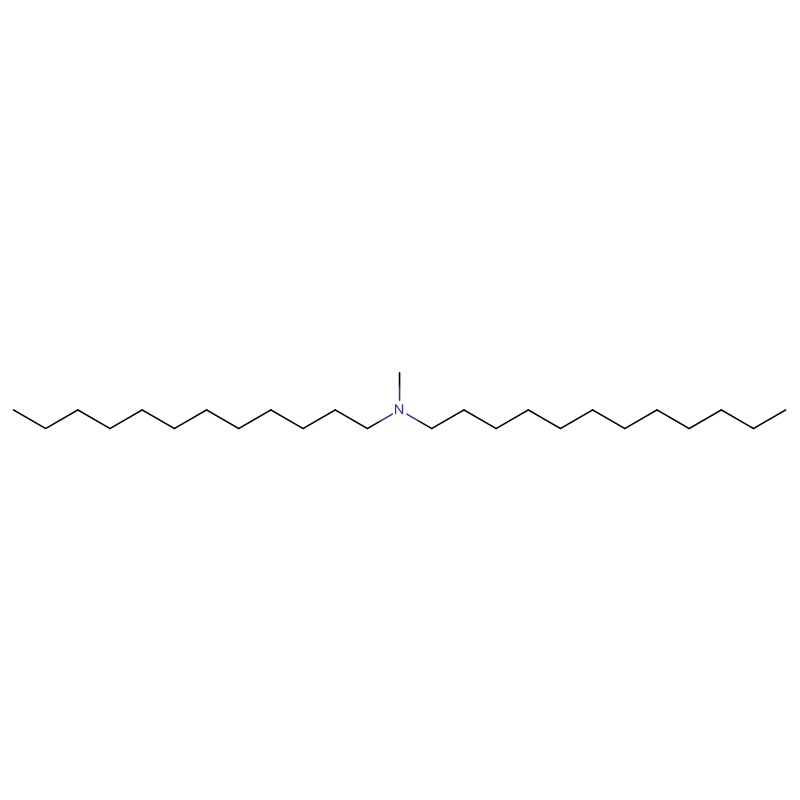N-[2-[4-[N-(Hexyloxycarbonyl)amidino]phenylaminomethyl]-1-methyl-1H-benzimidazol-5-ylcarbonyl]-N-(2-pyridyl)-beta-alanine ethyl ester CAS: 211915-06-9
| Catalog Number | XD93359 |
| Product Name | N-[2-[4-[N-(Hexyloxycarbonyl)amidino]phenylaminomethyl]-1-methyl-1H-benzimidazol-5-ylcarbonyl]-N-(2-pyridyl)-beta-alanine ethyl ester |
| CAS | 211915-06-9 |
| Molecular Formula | C34H41N7O5 |
| Molecular Weight | 627.73 |
| Storage Details | Ambient |
Product Specification
| Appearance | White powder |
| Assay | 99% min |
N-[2-[4-[N-(Hexyloxycarbonyl)amidino]phenylaminomethyl]-1-methyl-1H-benzimidazol-5-ylcarbonyl]-N-(2-pyridyl)-beta-alanine ethyl ester, also referred to as the compound, is a complex and specific chemical entity with potential applications in various fields, including medicinal chemistry and drug development.One potential use of this compound is its application as a pharmaceutical intermediate. It possesses several functional groups that can be modified to enhance its medicinal properties. The compound's structure includes a benzimidazole ring, which is known to exhibit various biological activities. This makes it an intriguing target for further exploration in medicinal chemistry. Researchers can investigate its potential therapeutic effects, such as antimicrobial, anticancer, or anti-inflammatory properties. It can serve as a starting point for the development of new drugs or the synthesis of structurally related compounds with improved efficacy and reduced side effects.Another application of the compound lies in its potential use as a chemical tool in biological research. Its unique structure and functional groups make it suitable for studying molecular interactions and biological processes. Researchers can use the compound to probe specific targets or pathways in cells and organisms. By incorporating the compound into experiments, scientists can gain a better understanding of the mechanisms behind certain diseases or physiological processes. This knowledge can contribute to the development of novel therapeutic approaches or the identification of new drug targets.Furthermore, the compound can be utilized as a building block in organic synthesis. Its complex structure provides an excellent platform for the creation of more intricate molecules with tailored properties. Organic chemists can modify the compound's functional groups to generate derivatives that have specific chemical or biological activities. This versatility allows for the synthesis of compounds that can be used in a variety of applications, including materials science, molecular probes, or chemical biology studies.It is critical to note that extensive research and evaluation are necessary to fully understand the compound's potential applications and efficacy. Comprehensive studies, including pharmacokinetic assessments, toxicity evaluations, and detailed biological assays, are essential to determine its viability as a drug candidate or as a useful chemical tool. Furthermore, safety protocols and guidelines must be strictly followed when working with the compound to ensure the well-being of researchers and the containment of any potential hazards.In summary, N-[2-[4-[N-(Hexyloxycarbonyl)amidino]phenylaminomethyl]-1-methyl-1H-benzimidazol-5-ylcarbonyl]-N-(2-pyridyl)-beta-alanine ethyl ester holds promise in medicinal chemistry, biological research, and organic synthesis. However, further investigation and testing are required to unlock its full potential and determine its specific applications in these fields.


![N-[2-[4-[N-(Hexyloxycarbonyl)amidino]phenylaminomethyl]-1-methyl-1H-benzimidazol-5-ylcarbonyl]-N-(2-pyridyl)-beta-alanine ethyl ester CAS: 211915-06-9 Featured Image](https://cdn.globalso.com/xdbiochems/白色粉末2114.jpg)
![N-[2-[4-[N-(Hexyloxycarbonyl)amidino]phenylaminomethyl]-1-methyl-1H-benzimidazol-5-ylcarbonyl]-N-(2-pyridyl)-beta-alanine ethyl ester CAS: 211915-06-9](https://cdn.globalso.com/xdbiochems/粉末123.jpg)
![(1S,5R,6S)-Ethyl5-(pentan-3-yl-oxy)-7-oxa-bicyclo[4.1.0]hept-3-ene-3-carboxylate CAS:204254-96-6](https://cdn.globalso.com/xdbiochems/白色粉末11193.jpg)




